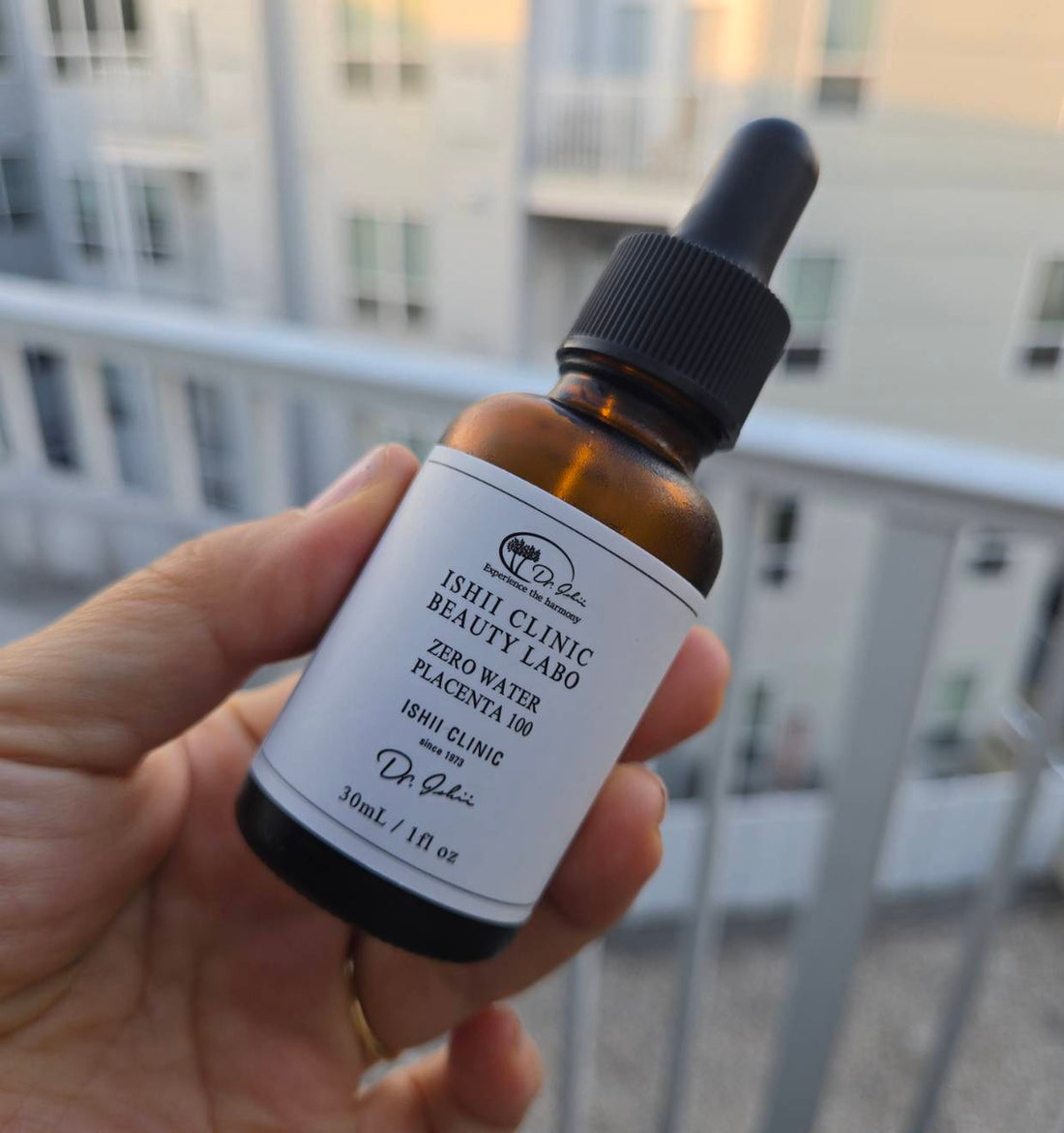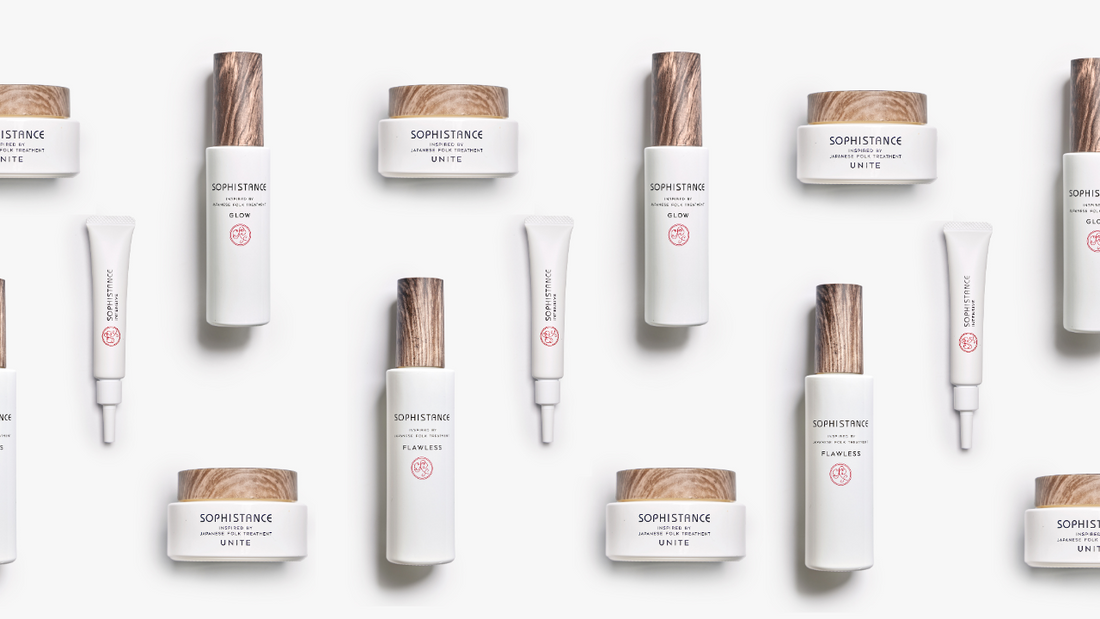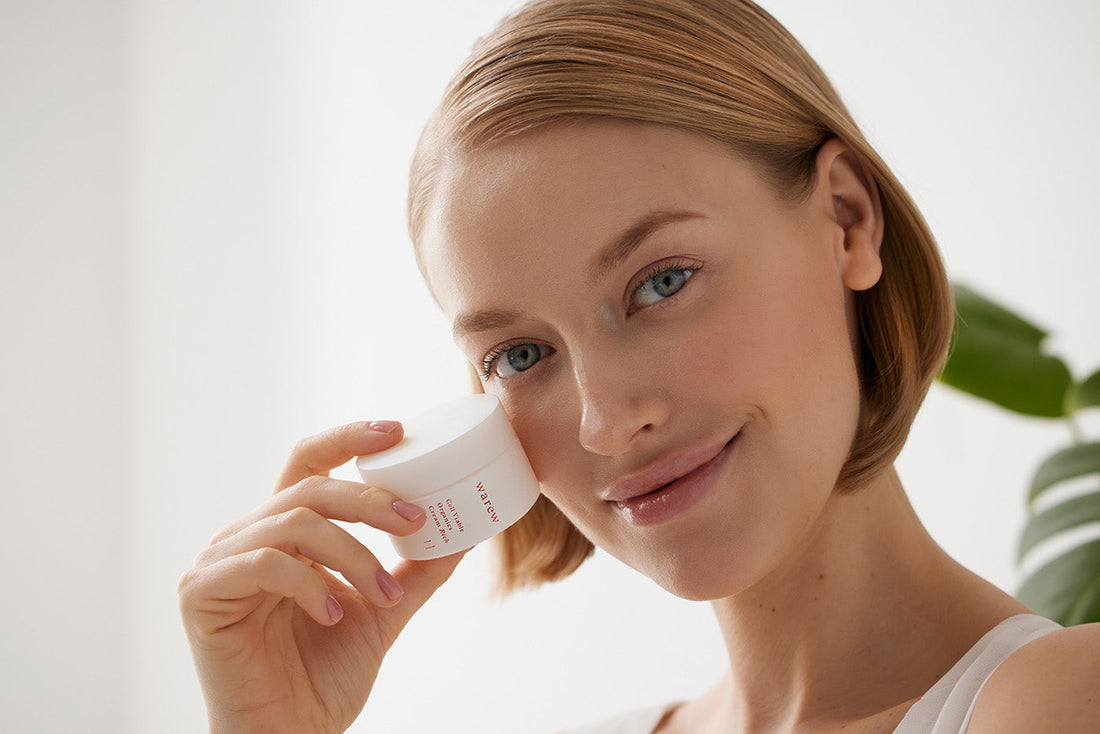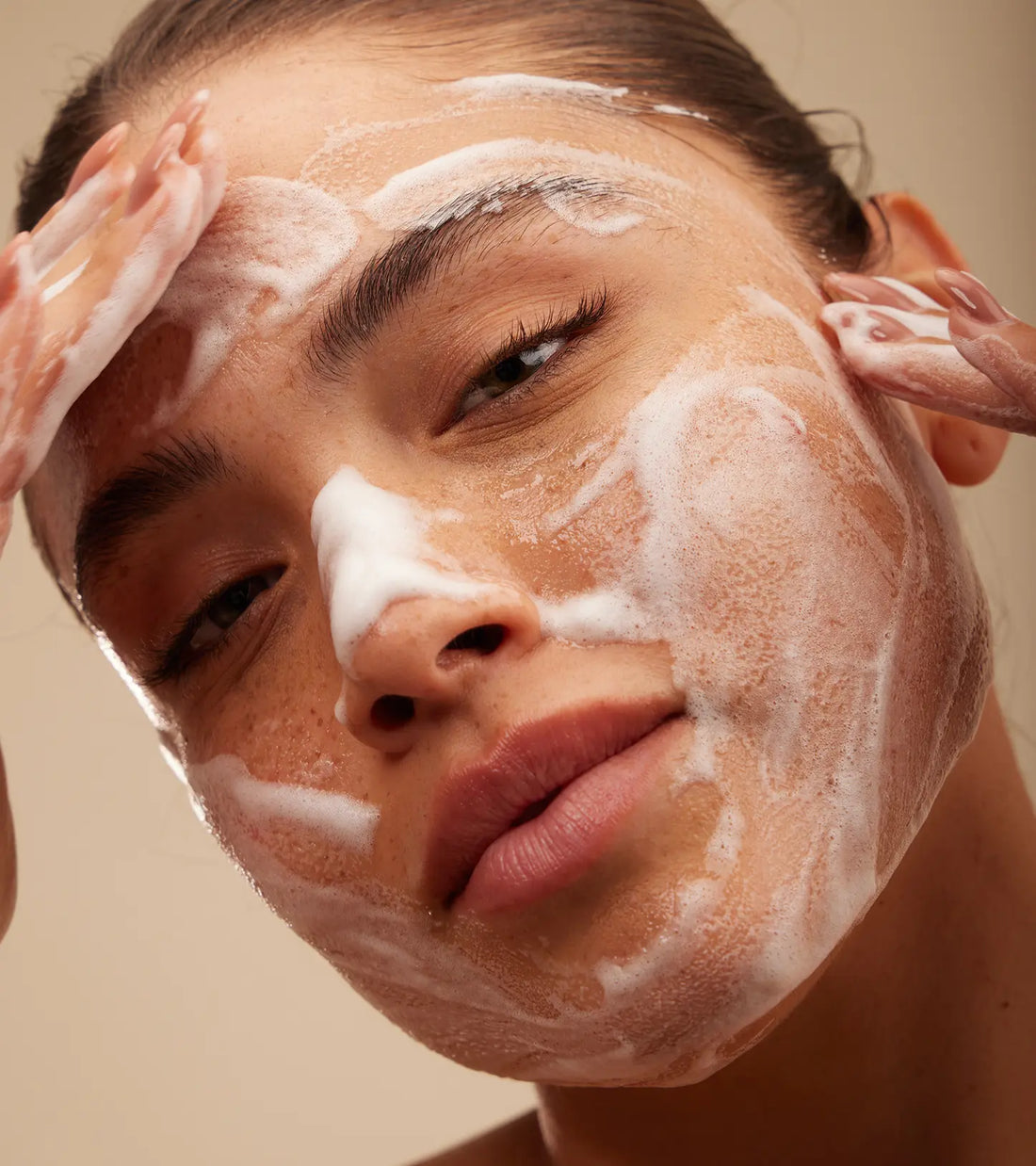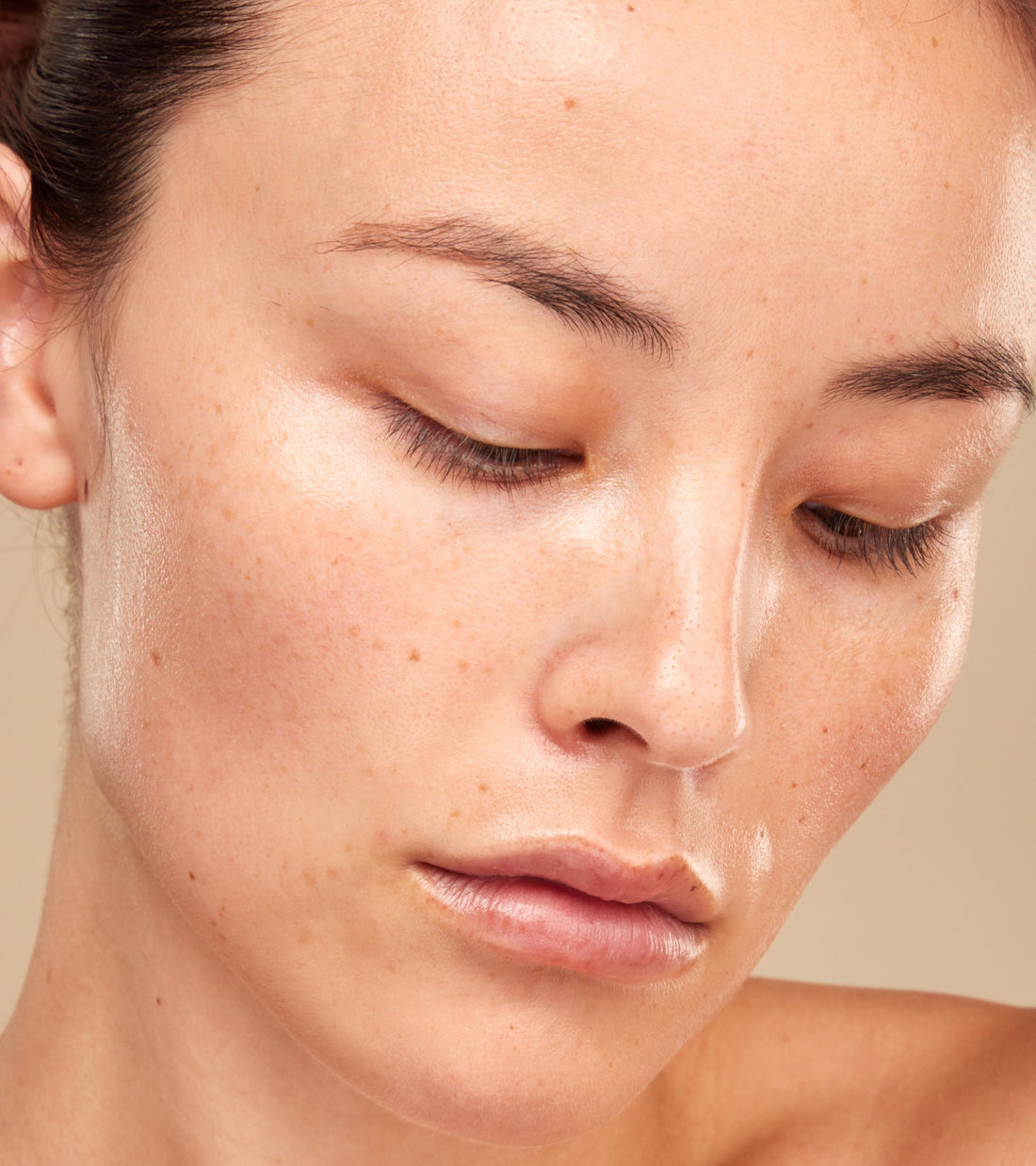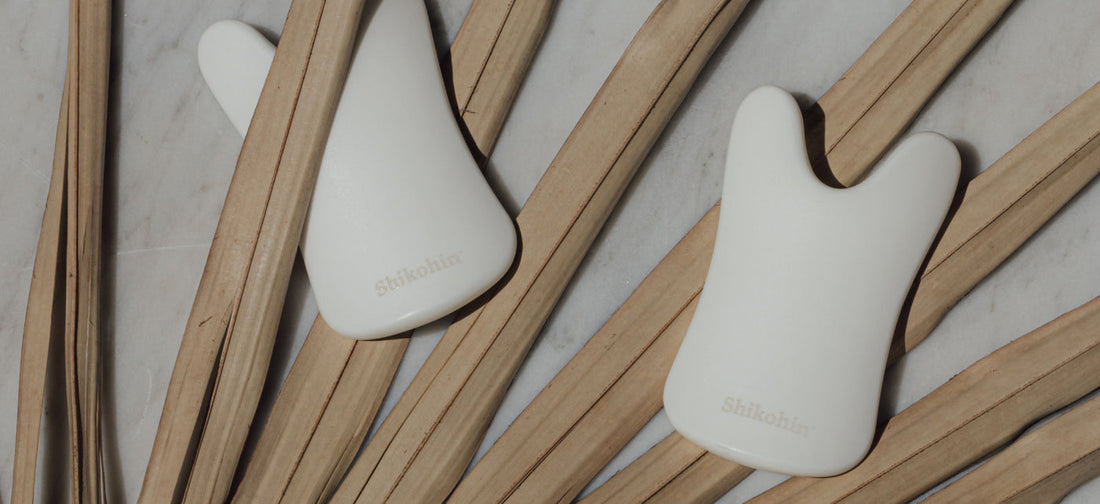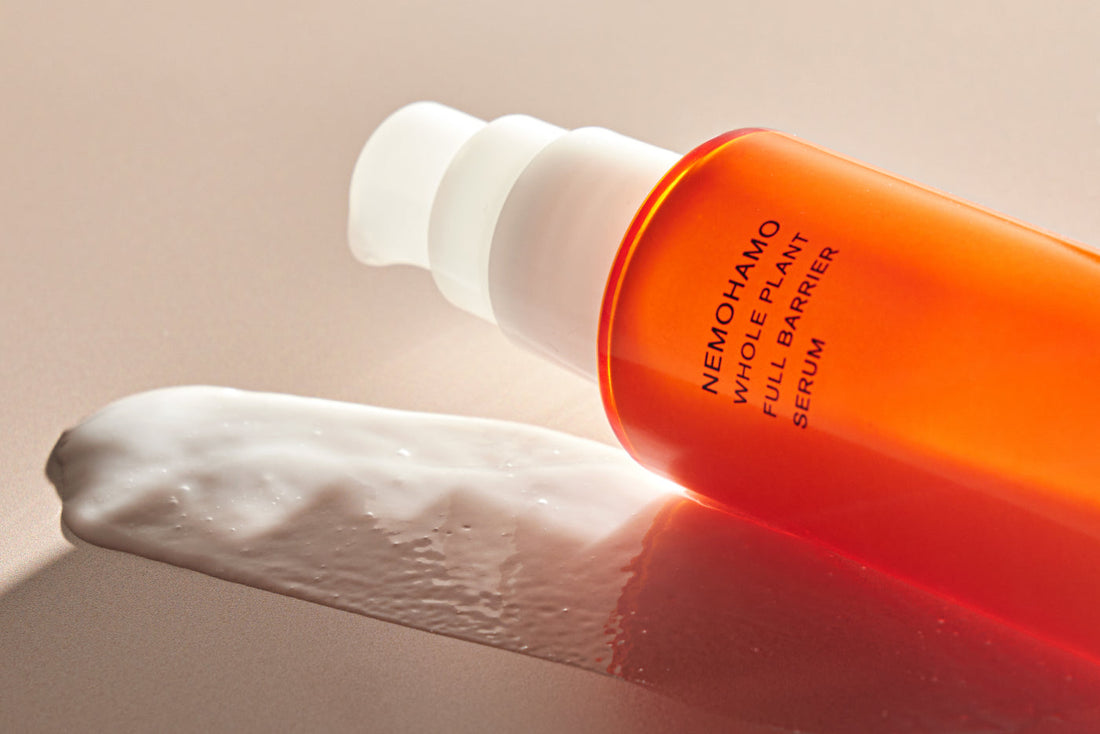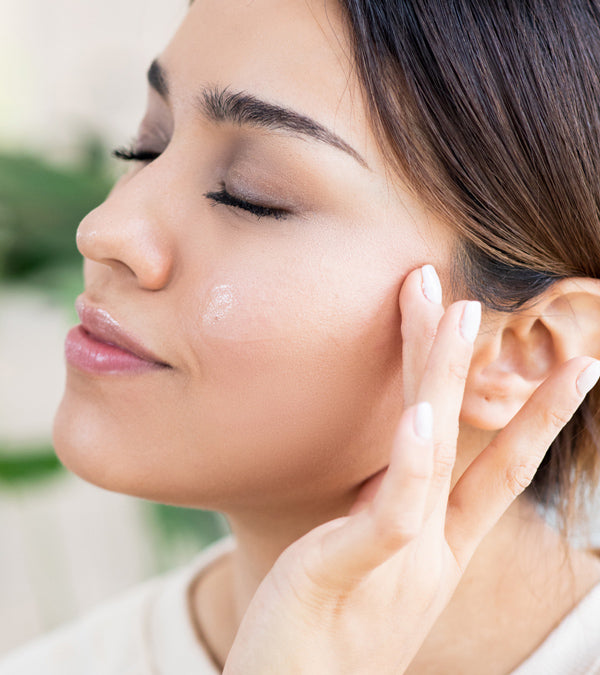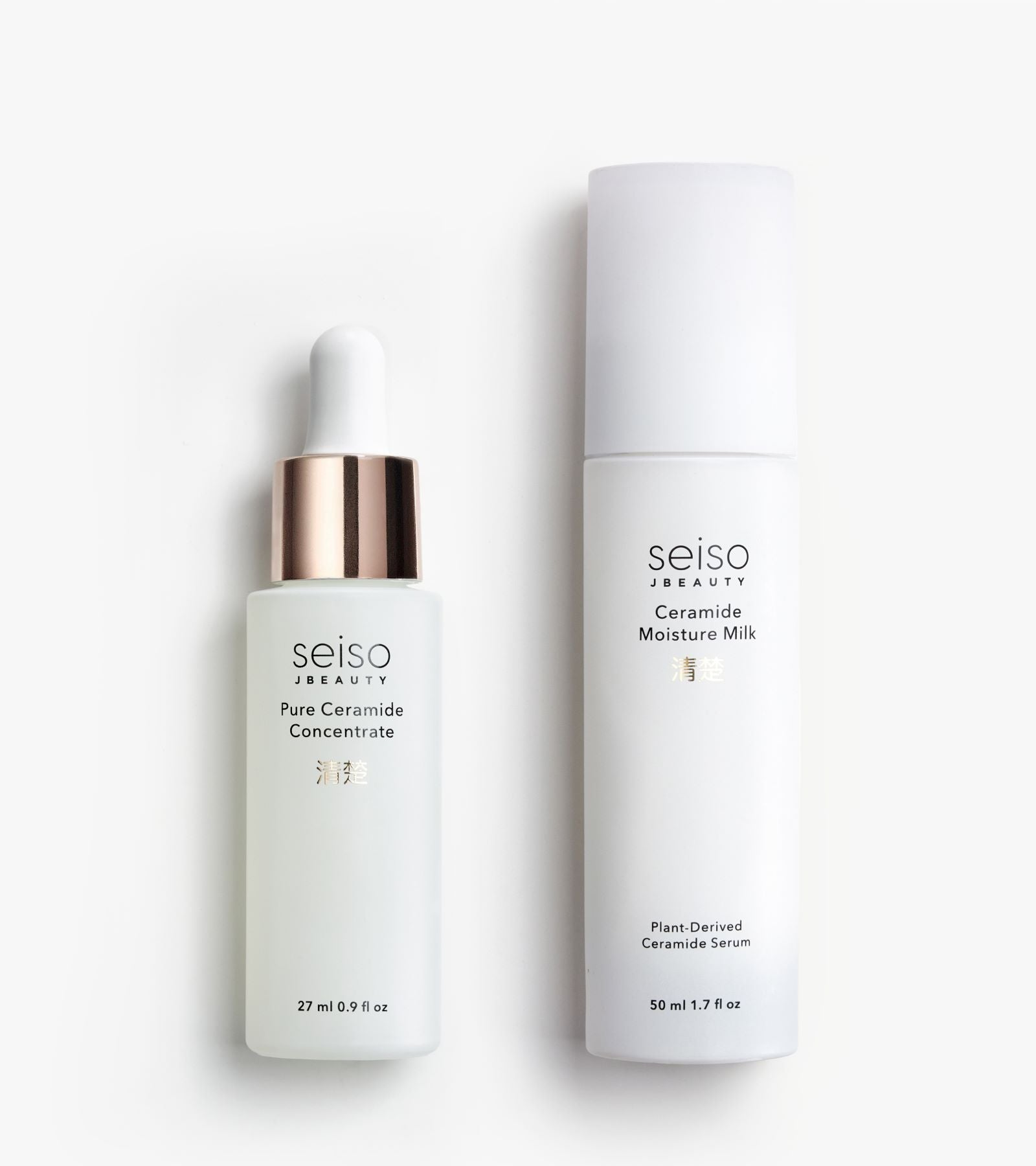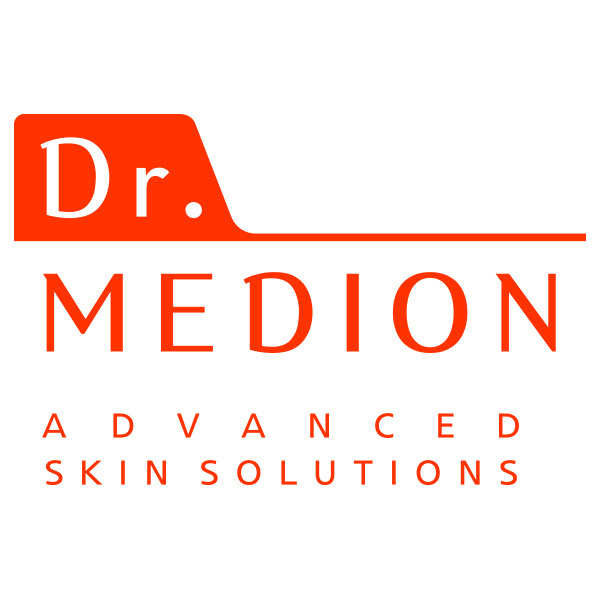This article delves into the multifaceted benefits of shea butter in skincare. You'll discover how its rich composition of vitamins A, E, and F, along with essential fatty acids like palmitic, stearic, linoleic, and oleic acids, makes it a powerful moisturizer that restores the skin's natural barrier.
You'll learn how shea butter's anti-inflammatory properties can soothe conditions such as eczema, dermatitis, and psoriasis, while its ability to boost collagen production aids in reducing wrinkles and fine lines. Additionally, the article discusses shea butter's non-comedogenic nature, making it suitable for all skin types without clogging pores.
You'll also learn about its rapid absorption and long-lasting hydration effects, which help balance oil production and prevent breakouts. The article provides guidance on incorporating shea butter into your daily skincare routine, including its safe use around the eyes and as an overnight treatment.
Table of Contents
- What Does Shea Butter Do for Your Skin?
- How Often Should I Use Shea Butter on My Face?
- Can Shea Butter Remove Wrinkles?
- Is Shea Butter Good for Under Eyes?
- Can I Leave Shea Butter on My Face Overnight?
- How Long Does It Take for Shea Butter To Show Results?
- Is Shea Butter Safe for All Skin Types?
- What Makes Shea Butter Such a Good Moisturizer?
- Will Shea Butter Make Your Skin Oily?
- The Chemical Composition of Shea Butter
- Products Containing Shea Butter
What Does Shea Butter Do for Your Skin?
Shea butter contains an abundance of vitamins and fatty acids that make it a powerful emollient. While it can work wonders on its own, the ivory colored butter becomes a skin soothing miracle when combined with other ingredients that enhance its ability to condition, smooth and soothe your skin.
The combinations of vitamins and natural fatty acids found in shea butter can reduce skin swelling, calming eczema or other forms of irritation. The high levels of vitamins A, E, and F help with the production of collagen, aiding skin in maintaining elasticity while also firming and softening.
How Often Should I Use Shea Butter on My Face?
Shea butter is gentle enough to be used every day in your skincare routine, whether on its own, or as an ingredient in your facial moisturizer. As with any moisturizer, shea butter will help lock in hydration, so make sure to begin your skincare ritual by cleansing, or double cleansing your face.
Applying moisturizer before cleansing can trap debris or bacteria in your skin, causing more problems than the moisturizer can solve on its own. JBeauty advocates for double cleansing your face, a process we detail on our blog for those who are new to the practice.
Can Shea Butter Remove Wrinkles?
The appearance of fine lines and wrinkles begins as collagen production, along with the production of new skin cells, slows down as we age. By boosting collagen levels and promoting skin cell generation, shea butter can help reduce wrinkles and fine lines, and prevent new signs of aging from appearing.
Is Shea Butter Good for Under Eyes?
Dark circles under the eyes can occur due to inflammation or lack of sleep. While getting a good night's rest is part of any good self care ritual, there may still be days where your eyes are not as bright or well rested as they should be.
Shea butter works to combat inflammation, reducing puffiness around the eyes, along with providing a rejuvenating boost of vitamins to help the skin under your eyes look brighter and healthier. In addition, collagen production is increased when using shea butter, firming the skin under the eyes to help them appear youthful and rested.
Can I Leave Shea Butter on My Face Overnight?
When using shea butter, it is actually recommended that you leave it on overnight, allowing it to fully absorb into the skin. While some people may worry that this amount of moisture can clog pores, shea butter is non-comedogenic, meaning that it won’t clog pores or cause breakouts.
How Long Does It Take for Shea Butter To Show Results?
Our skincare experts recommend trying shea butter for at least one or two months. By three months, most of shea butter’s impressive benefits should begin to display themselves, revealing softer, firmer skin.
Is Shea Butter Safe for All Skin Types?
While shea butter is technically a tree nut product, it contains only trace amounts of the proteins that can trigger a tree nut allergy. To date, there are no documented cases of allergies to topical use of shea butter. And because it contains no chemical irritants that may dry out skin, and doesn’t clog pores, products containing shea butter are appropriate for all skin types.
What Makes Shea Butter Such a Good Moisturizer?
The fatty acids contained in shea butter are what set it apart as one of the top hydrating ingredients often included in moisturizers. Shea butter contains high levels of:
- Palmitic fatty acid
- Stearic fatty acid
- Linoleic fatty acid
- Oleic fatty acid
When applied topically, these oils will be rapidly absorbed into your skin, restoring lipids to create moisture and restore the skin's natural barrier.
Will Shea Butter Make Your Skin Oily?
The high levels of linoleic acid and oleic acid found in shea butter work to balance each other out to prevent oily skin. While linoleic acid is quickly and easily absorbed by the skin, oleic acid is thicker and absorbs more slowly.
High levels of linoleic acid can help address acne in those with skin prone to breakouts by balancing the fatty acids found in natural human sebum, while oleic acid helps hydrate dry or aging skin. Shea butter's combination of fatty acids help your skin absorb nutrients quickly to prevent breakouts, while still providing long lasting hydration that prevents overproduction of sebum, leaving skin smooth and supple, without excess oil.
Shea Butter is Anti-Inflammatory, Antibacterial, and Contains Antioxidants
A major cause of inflammation is the overproduction of cytokines in the body. Shea butter has been shown in several studies to slow the production of cytokines, along with other inflammatory cells, helping soothe and prevent inflammation.
High levels of vitamins also promote strong antioxidant activity, giving shea butter the ability to protect skin cells from free radicals that can lead to premature aging, or dull skin. Further studies into shea butter indicate that the topical application of shea butter may decrease the number of acne-causing bacteria on the skin’s surface.
Shea Butter and Collagen Production
Triterpenes are naturally occurring chemical compounds that deactivate the destruction of collagen fibers in the skin. Shea butter contains high amounts of triterpenes, helping prevent collagen loss and resulting in healthier, plumper skin.
This can also help scar tissue from reproducing, minimizing stretch marks and scarring, while encouraging healthy skin cells to grow and heal. Shea’s moisturizing and antioxidant properties also help your skin shed dead cells to reveal renewed and invigorated skin.
Soothe Eczema, Dermatitis, and Psoriasis With Shea Butter
The anti-inflammatory properties of shea butter can relieve itching and soothe irritated skin. People who have inflammatory skin conditions such as:
- Eczema
- Dermatitis
- Psoriasis
Often find that shea butter absorbs rapidly and offers quick relief from flare ups of their condition.
The Chemical Composition of Shea Butter
Shea butter contains a plethora of nutrients that provide a wide array of benefits for the skin. These include:
- Fatty Acids: Linoleic, palmitic, stearic and oleic fatty acids balance oils in your skin.
- Vitamins: A, E and F are antioxidant vitamins, promoting healthy skin growth.
- Cetyl Esters: These are the waxy part of shea butter, conditioning skin and locking in deep, long lasting hydration.
- Triglycerides: Fats that condition and nourish your skin for long lasting benefits.
Products Containing Shea Butter
One of our most popular products at Shikō Beauty is our Lala Vie Chiffon Cream, an award-winning skin treatment containing a blend of Shea Butter, Mango Butter, and Cupuaçu Butter, which work together to provide a veil of moisture that protects your skin from external irritants such as dryness.
Rich, yet non-greasy, Lala Vie Chiffon Cream deeply moisturizes your skin to leave your face smooth, soft and plump after applying. Shea butter allows this cream to penetrate over an extended period of time, offering a burst of hydration that lasts all day or night long. Try it along with the rest of our Lala Vie skincare line to experience the simple power of one of nature's most potent skin care products.



